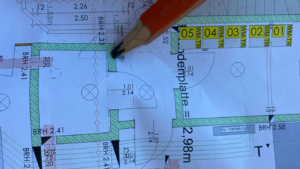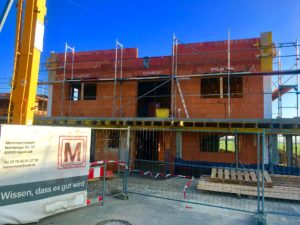


Design-build is a type of delivery method for construction projects. Differentiated by how the team is organized and how information flows throughout the project’s stakeholders, design-build is known for its ability to foster collaboration and reduce the risk and burden held by the project’s owner.
Unlike other delivery methods, design-build’s project team structure unites everyone under one shared goal: the success of the project as a whole – not just their respective portion. Because each firm’s success is measured by how well all the other firms do, design-build fosters a collaborative atmosphere where knowledge and expertise are shared.
The owner typically has one main point of contact who then enters into contracts with the architect, engineers, and other partners on the owner’s behalf. This often translates to shorter schedules and lower project costs.
A recent study by the Construction Industry Institute compared 350 projects with varying project delivery methods. They found that design-build projects were completed more quickly and cost less than the two other leading project delivery methods, design-bid-build and construction manager at risk[ii].
Because of the increased efficiencies of design-build, the owner can take on fewer duties and less risk. The design-builder will step in for much of the risk management, potential legal burdens, and administrative tasks.
These are tasks that take up valuable time but have little effect on the overall project, like coordination of the project team, paperwork, documentation management for submittals and RFIs, understanding and managing contracts and legalese, and playing the “middleman” between parties.
It’s important to note that by shifting these tasks over the design-builder, the owner doesn’t lose power or control over the project. Their time and resources have been freed up to either focus more on the aspects of the project that are most important.
